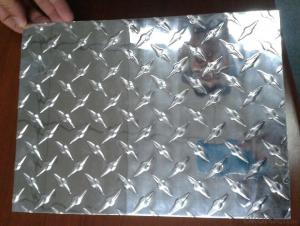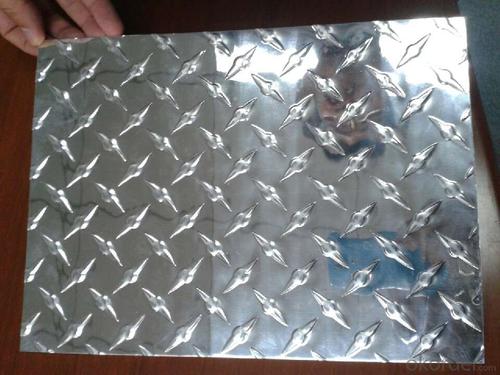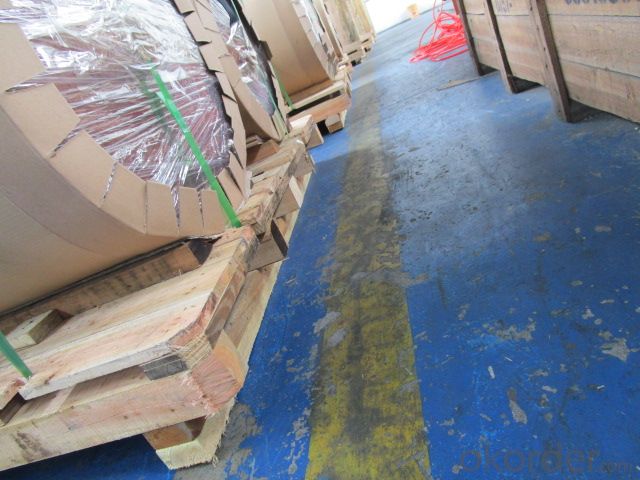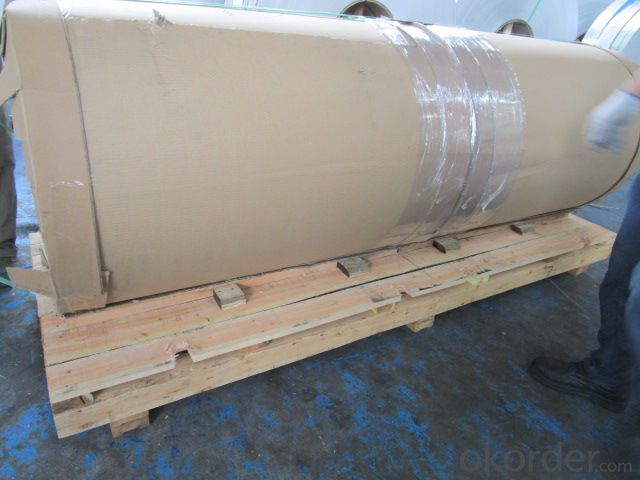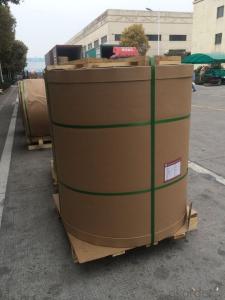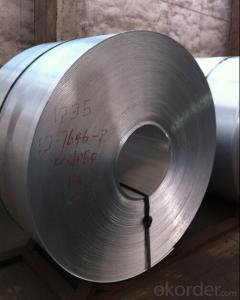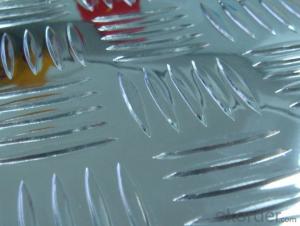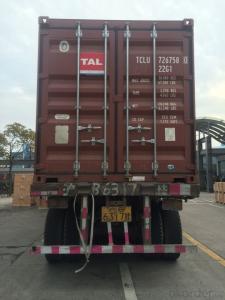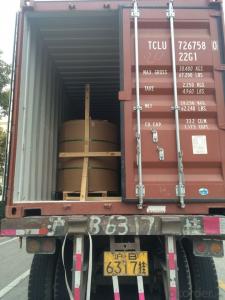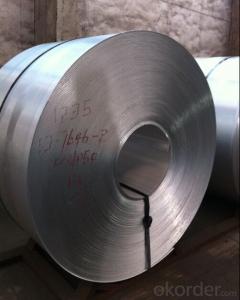Aluminum Sheets San Antonio - Better Price in Stocks
- Loading Port:
- Tianjin
- Payment Terms:
- TT OR LC
- Min Order Qty:
- 2 m.t
- Supply Capability:
- 2000 m.t/month
OKorder Service Pledge
OKorder Financial Service
You Might Also Like
Specification
1.Structure of Product Description
aluminum sheet anc checkered sheet and mirror finish plate are all widely used in the field of construction field and decoration field, etc.
There are many different grades, such as: 1000 series, 2000 series, 3000 series, 5000 series, 8000 series,etc. The detailed grade are as follows: 1010, 1050,1060,1100, 2024, 3003, 3005, 3105, etc.
The temper is include H14, H22, H24, H44,H114,etc.
2. Main features of the product
a. Competitive price
c. Shortest service.
3. Image.
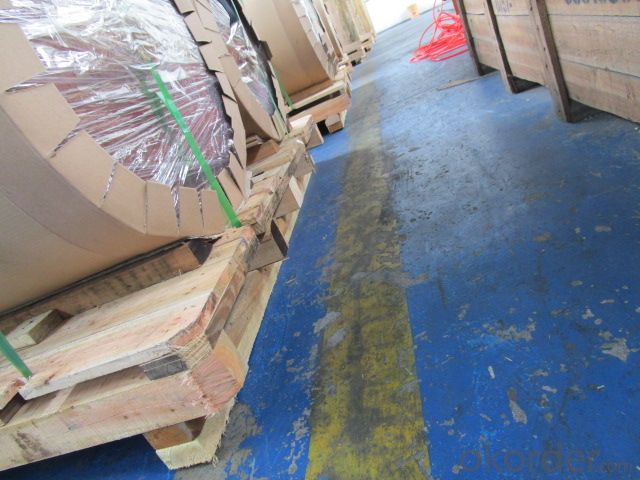
4. Product detailed sizes:
1000mm*2000mm,500*500,2000*2000mm,1219mm*2438mm,1500*3000mm,etc.
5. FAQ:
What is the quality standard?
---Usually our standard is GB3880-2006 or others.
What is the width range?
---It is from 300mm to 6000mm, etc.
What is the MOQ for your products yet?
---Normally it is around 4 tons/each size.
How many tons did you export in one year
Fiji,Japan, sri lanka, bangladesh,Indonesia,Canada,UAE,Vietnam,Turkey,etc.
What is your basic products?
---Normally they are aluminum sheet,big and small-5-bar aluminium checkered sheet, big-5-bar checkered aluminium plate, mirror finish aluminium sheet, aluminum casting coil, etc.
- Q: Are aluminum sheets suitable for use in marine or saltwater environments?
- Yes, aluminum sheets are suitable for use in marine or saltwater environments. Aluminum has excellent corrosion resistance properties, making it a popular choice for marine applications. It forms a protective oxide layer that prevents further corrosion, making it durable and long-lasting in saltwater environments.
- Q: Are aluminum sheets suitable for insulation cladding?
- Yes, aluminum sheets are suitable for insulation cladding. Aluminum is a highly versatile and durable material that is commonly used in construction for various purposes, including insulation cladding. Aluminum sheets have excellent thermal properties, making them an effective barrier against heat transfer. They also have a low thermal conductivity, which means they can prevent the transfer of heat between the interior and exterior of a building, resulting in improved energy efficiency. Furthermore, aluminum is lightweight and easy to handle, which makes it convenient for installation purposes. It is also resistant to corrosion, making it a long-lasting option that can withstand various weather conditions. Additionally, aluminum sheets are available in different thicknesses, allowing for customization based on specific insulation requirements. In terms of aesthetics, aluminum sheets offer a sleek and modern appearance, enhancing the overall look of the building. They can be easily painted or coated in various colors to match the desired aesthetic design. Overall, aluminum sheets are an excellent choice for insulation cladding due to their thermal properties, durability, ease of installation, and aesthetic appeal.
- Q: What safety measures should be taken into account when installing aluminum sheets?
- <p>When installing aluminum sheets, it's important to follow safety precautions. Always wear appropriate personal protective equipment, including gloves and safety glasses. Ensure the work area is clear of debris and other hazards. Use the correct tools for cutting and handling aluminum sheets to prevent injuries. Be cautious of sharp edges and corners that can cause cuts. Ensure the aluminum sheets are properly secured to avoid them falling and causing harm. Follow all manufacturer guidelines for installation to ensure the stability and longevity of the aluminum sheets.</p>
- Q: Can aluminum sheet be welded?
- Yes, aluminum sheet can be welded. Aluminum is a versatile metal that can be easily welded using various techniques such as gas tungsten arc welding (GTAW), gas metal arc welding (GMAW), and resistance spot welding (RSW). However, welding aluminum requires special considerations due to its high thermal conductivity and low melting point compared to other metals. It is important to choose the appropriate welding process, filler material, and shielding gas to ensure a successful weld. Additionally, proper surface preparation, including cleaning and removing any oxide layer, is crucial for achieving a strong and durable weld in aluminum sheet.
- Q: Can aluminum sheets be used for heat lamps?
- Indeed, heat lamps can utilize aluminum sheets as they possess remarkable heat conductivity. This quality enables aluminum to efficiently transmit and disperse heat, rendering it suitable for heat lamps that necessitate proficient heat distribution for effective warming of objects or spaces. Furthermore, the lightweight nature, durability, and high melting point of aluminum make it a practical and sensible option for heat lamp purposes.
- Q: In which autocomponents usage of aluminium is better or otherwise?
- Aluminium is lighter as well as stronger than CI. Thats the reason most of the Automobile manufacturers use Aluminium for car bodies while they use cast iron for the underframes and internal chassis....NMN
- Q: This question asks for methods to prevent aluminum sheets from rusting.
- <p>Aluminum doesn't rust in the same way as iron does, but it can still corrode. To protect aluminum sheets from corrosion, you can apply a protective coating such as a clear lacquer or a specialized aluminum paint. Regular cleaning and maintenance are also important to remove dirt and moisture that can lead to corrosion. Avoid using harsh chemicals that could damage the protective oxide layer naturally present on aluminum. In outdoor applications, ensure that the aluminum is not in contact with incompatible materials that could cause galvanic corrosion. Proper design and installation practices can also help in preventing corrosion.</p>
- Q: Can aluminum sheets be roll-formed?
- Yes, aluminum sheets can be roll-formed.
- Q: This question asks if aluminum sheets are suitable for outdoor use in environments with high temperatures.
- <p>Yes, aluminum sheets can be used for outdoor applications even in high temperatures. Aluminum has a high melting point of around 660掳C (1220掳F), making it resistant to heat. It also has good thermal conductivity, which allows it to dissipate heat quickly. However, it's important to note that prolonged exposure to high temperatures can cause aluminum to expand and potentially warp. For outdoor applications, especially in high-temperature environments, it's recommended to use aluminum alloys designed for such conditions to ensure durability and performance.</p>
- Q: Can aluminum sheets be laminated with other materials?
- Indeed, it is possible to laminate aluminum sheets with alternative substances. Lamination denotes the fusion of multiple layers of diverse materials, thereby yielding a composite material that possesses heightened qualities. Aluminum sheets can be laminated with a variety of materials, including plastics, fabrics, papers, or other metals, through the utilization of either adhesive bonding or the application of heat and pressure. This process of lamination facilitates the amalgamation of favorable attributes from distinct materials, ultimately yielding a final product that exhibits elevated strength, durability, appearance, or specific functionality. Laminated aluminum sheets find widespread employment in industries such as construction, automotive, aerospace, and packaging, where the amalgamated properties of the laminated substances confer distinct advantages.
Send your message to us
Aluminum Sheets San Antonio - Better Price in Stocks
- Loading Port:
- Tianjin
- Payment Terms:
- TT OR LC
- Min Order Qty:
- 2 m.t
- Supply Capability:
- 2000 m.t/month
OKorder Service Pledge
OKorder Financial Service
Similar products
Hot products
Hot Searches
Related keywords
